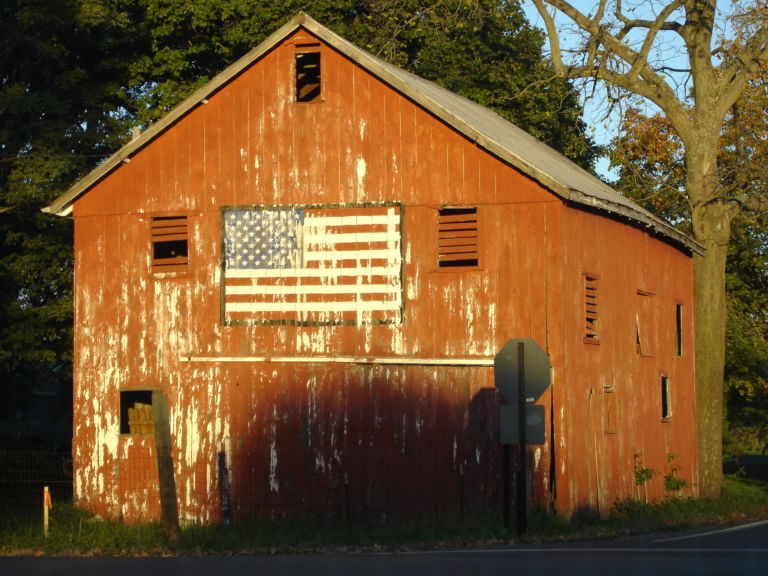Luther Ray Abel of National Review Online rebuts a colleague’s optimistic assessment of rural America.
Dominic [Pino] is correct whne he says, “Blaming a caricature of poor and resentful rural people for lashing out and causing political problems isn’t very productive.” But there exist legitimate reasons for despondency in rural America, even if, as Dominic notes, there are some positive material statistics coming out of the bayous, hollers, and backwoods. Whatever economic abstractions we cite cannot rebuild congregational churches, repair family structures, or undo chemical dependencies that are a visual reality for millions of our countrymen.
Let’s look at Alabama, one of the most rural states in the country, and see what reasons Americans out in the country might have for thinking that things aren’t hunky-dory.
*Alabama’s fentanyl deaths are increasing on a curve that looks like a tidal wave — from 121 such death in 2018, to 428 in 2020, to 835 in 2022. Maybe paychecks are going up, but it’s tough to crow about that when attending the funeral of one’s 24-year-old cousin who used to go to youth group with you.
*The percentage of Alabaman children born to mothers out of wedlock was 11.6 in 1960, 36.8 in 2006, and 46.5 in 2021. Fatherlessness was the majority (72.9 percent) experience for kids in rural Wilcox County already in 2006. As conservatives have long maintained, there are few indicators more dire for a child’s future than whether he was born to married parents. The marriage rate, for instance, has dropped from 10.6 per 1,000 to 7.6 (though rising from a low of 6.7 in 2019). …
… Family disruption and death, combined with failing institutuons, have made the countryside — where everybody knows everybody’s business — an echo chamber of misery. Maybe some things are improved on paper, but the men and women down at the last non-chain diner aren’t talking about an 8.9 percent increase in real earnings for the white collars. …


